What Kinds of Hearing Aids in the Market
- By:VOHOM
- 2022-06-01
- 843
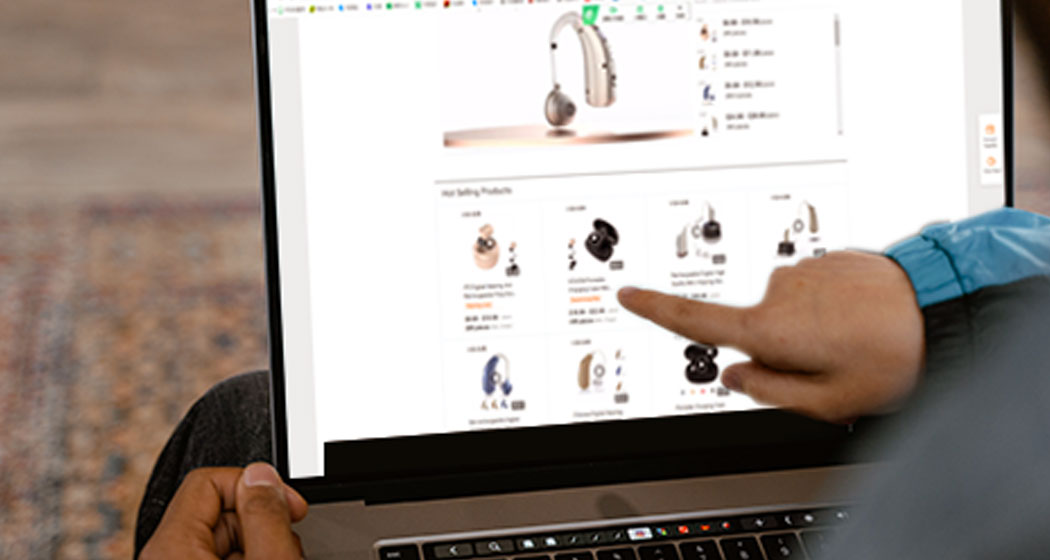
The most common type of hearing loss, called sensorineural, often stems from damage to the tiny hair cells that line the inner ear. These cells convert incoming sound waves into electrical signals that are then shuttled to the brain. The brain interprets the signals as meaningful sounds.
Aging and chronic exposure to loud noises are the most common causes of damage, but certain medications, illnesses, and a family history of hearing loss can also increase your risk.
Although sensorineural hearing loss is often not reversible, it can be managed with hearing aids, which selectively amplify sounds. Cases of severe hearing loss or hearing loss in only one ear can be managed with cochlear implants, which electrically stimulate the auditory nerve by bypassing the damaged portions of the hearing system.
Conductive Hearing Loss
There are many different types of hearing aids. Some are positioned behind the ear, while others sit on top of the ear and route sound down the earmold. All are comfortable to wear and come with a small pull-out string that makes them easy to remove. The CIC is similar to an IIC, but is slightly smaller and sits further back in the ear canal. They are typically fitted to people with mild to moderate hearing loss. These types of hearing aids are often not equipped with manual controls.
Depending on the level of deafness and the severity of the hearing loss, different types of hearing aids are available. Some are low-profile, while others feature a larger battery. Low-profile hearing aids are best for people with dexterity issues because they feature earmolds and batteries that can be swapped without too much effort. BTE devices may also come with rechargeable batteries. There are also different types of hearing aids for people with single-sided deafness.
There are three main types of hearing aids, depending on the level of hearing loss. Behind-the-ear (BTE) hearing aids are typically worn behind the ear and connect to a plastic earmold inside the outer ear. People with mild to moderate hearing loss typically choose this style of hearing aid. BTE hearing aids can cause feedback - a whistling sound that occurs when the device is not fitted correctly.
BTEs are relatively easy to clean and are also safe for children. BTEs are reusable so you can replace them as your child grows. Open-fit hearing aids allow the ear canal to remain open, which is helpful for people who have a lot of earwax or other buildup. This type of hearing aid is a great choice for people with a busy lifestyle and do not have time to clean the device.
Behind-the-ear hearing aids are designed to fit most ears but may require some customization. These devices are typically larger than receiver-in-the-canal (RICA) hearing aids. However, RITA hearing aids are more durable for people who experience moisture in their ears. So, while both of these types of hearing aids are effective, they may not be the right choice for you. Your healthcare provider should assess your hearing needs and recommend the best hearing aid for you.
Another type of hearing aid is built into an eyeglass frame. These devices work with the cochlea through bone conduction and are a great option for those with severe hearing loss. These devices are a great option for people who have trouble hearing, as the sound is amplified through the frame and sent to the better-hearing side. A person who wears eyeglasses while wearing an RCPA can easily switch between these two types of hearing aids.
-
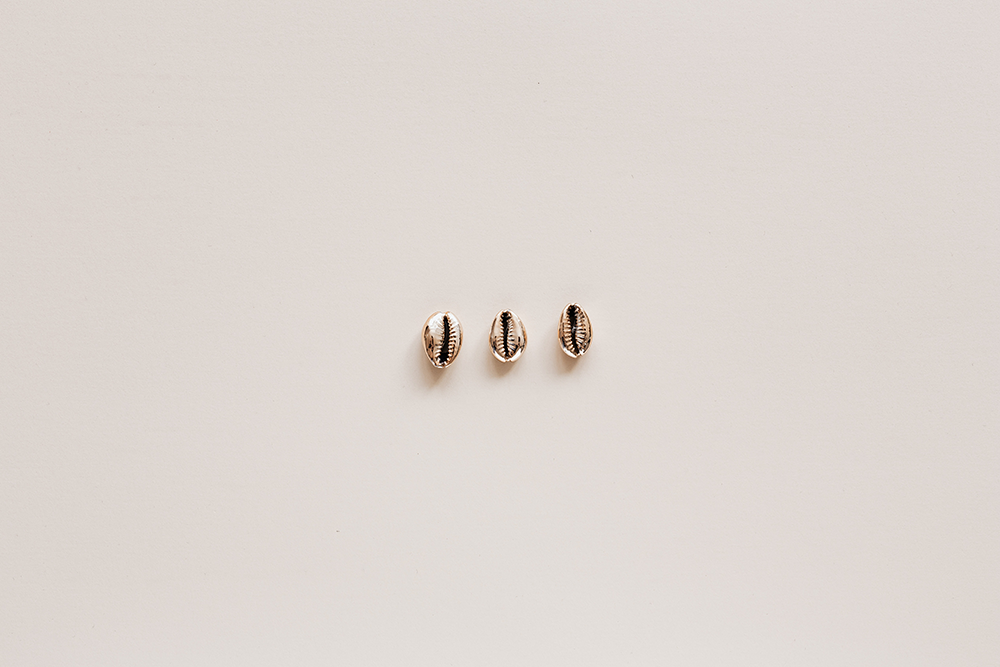
Common Problems of Hearing Aids in Use
2023-10-20 -

What is a DIGITAL HEARING AID?
2023-10-20 -
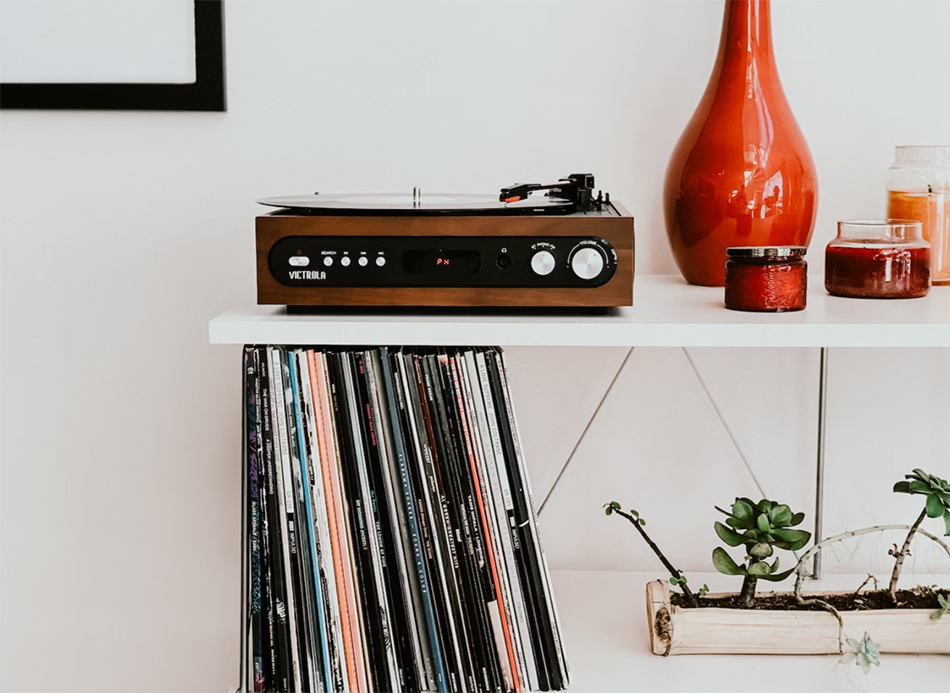
What is the Advantages of Self-fitting Hearing Aid?
2023-10-17 -

Differences between different channel hearing aids
2023-10-20 -
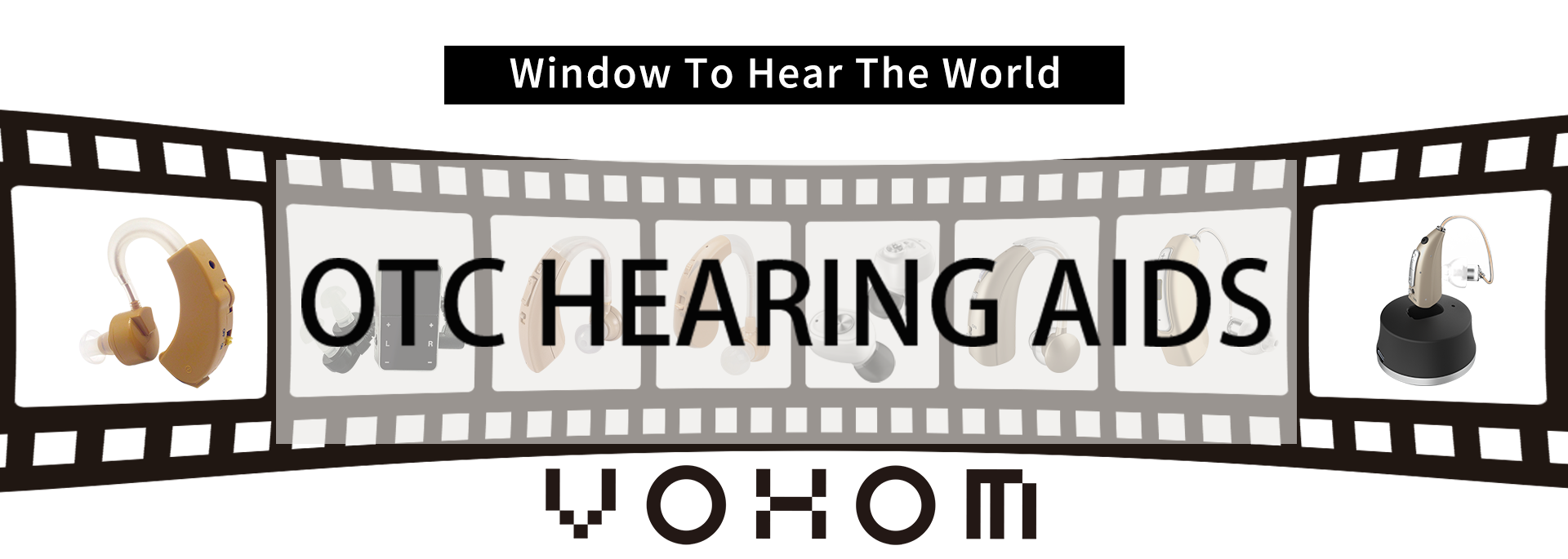
What is OTC hearing aid?
2023-10-17 -
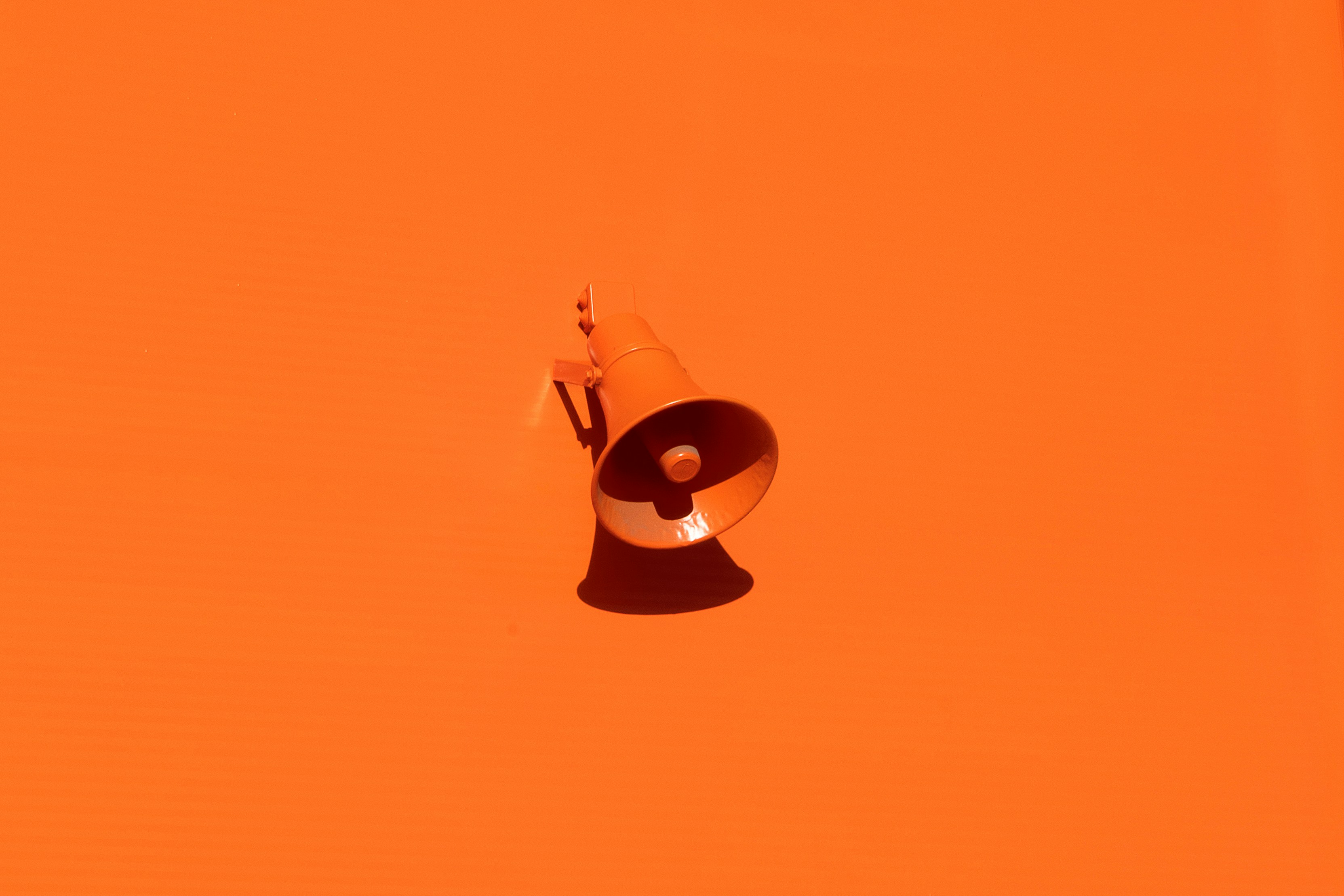
Return to tranquility: The auditory experience of simulated hearing AIDS
2024-04-07 -

How hearing AIDS work
2024-04-29 -

Easy charging for clear sound quality: Discover the benefits of VOHOM's innovative BTE hearing aid model
2024-05-14 -

The power of hearing aids
2024-05-20
-

ABBREVIATIONS
2024-04-09 -

Children Needs the Hearing Aids for Listening
2023-10-20 -

Don't wear hearing AIDS when there's no one in the house?
2023-10-28 -
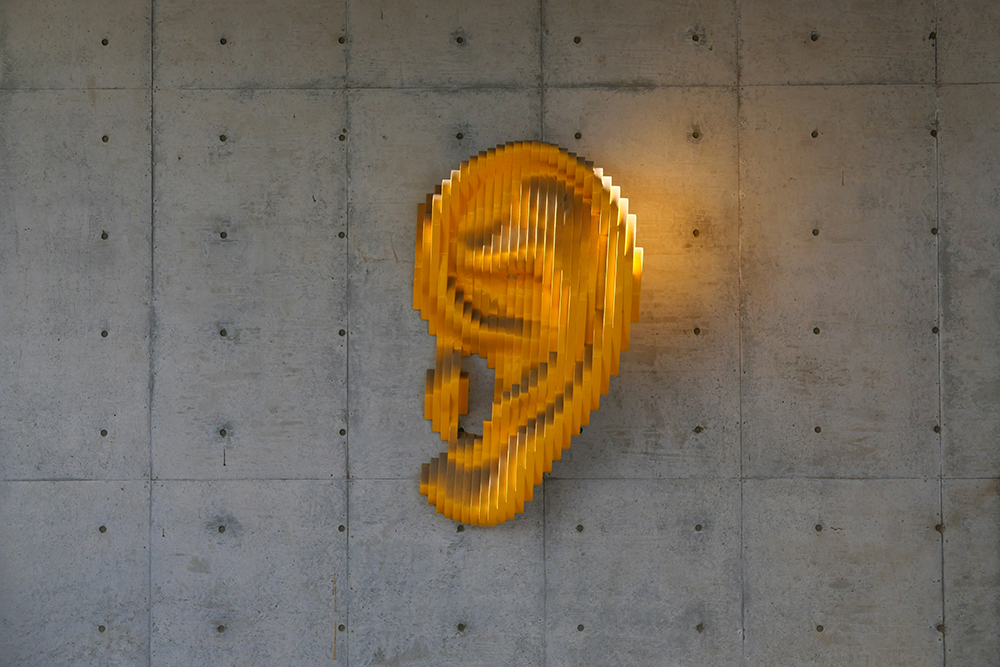
Hearing aid channel selection: Listen to the beautiful melody of life
2024-03-26 -
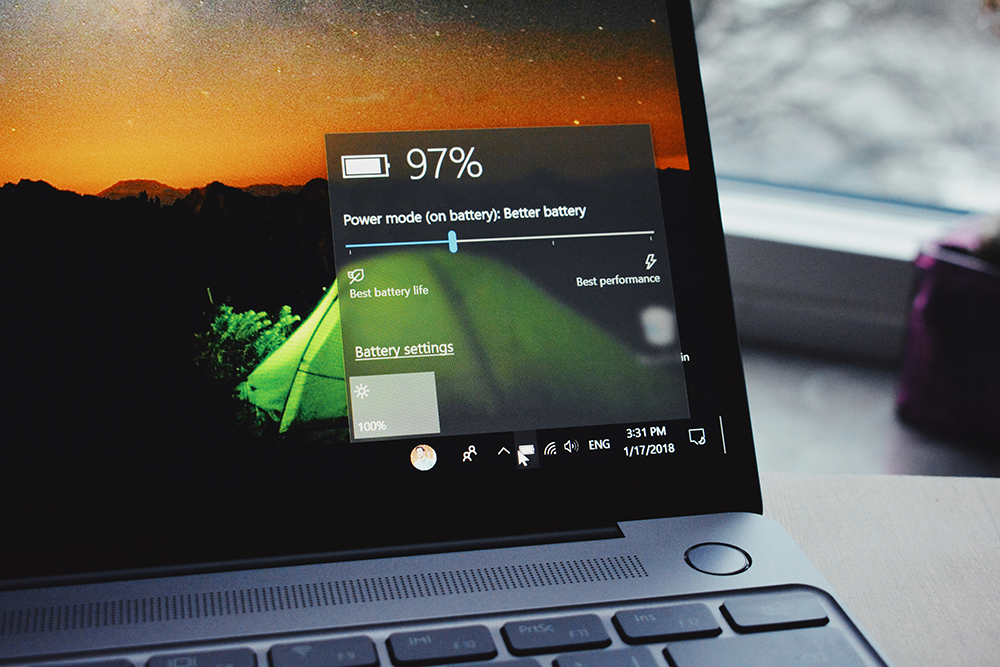
Choose a rechargeable hearing aid: an environmentally friendly, affordable and convenient hearing solution
2024-04-18 -

What is the experience of buying hearing AIDS for the elderly?
2024-04-10 -

Do we need to choose the perfect noise reduction hearing aid?
2024-04-13 -

How to choose a variety of hearing AIDS?
2024-04-18 -

Daily maintenance of hearing AIDS
2024-04-22
-

What Kinds of Hearing Aids in the Market
2022-06-01 -
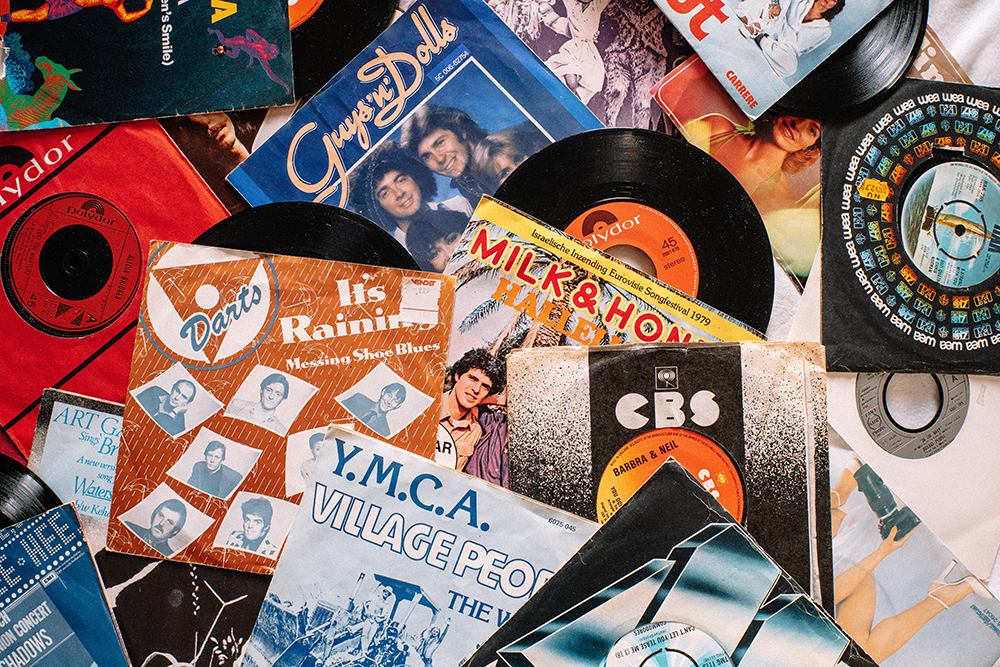
Alert! More than a billion young people are hearing or impaired. Do you have these habits?
2023-10-20 -
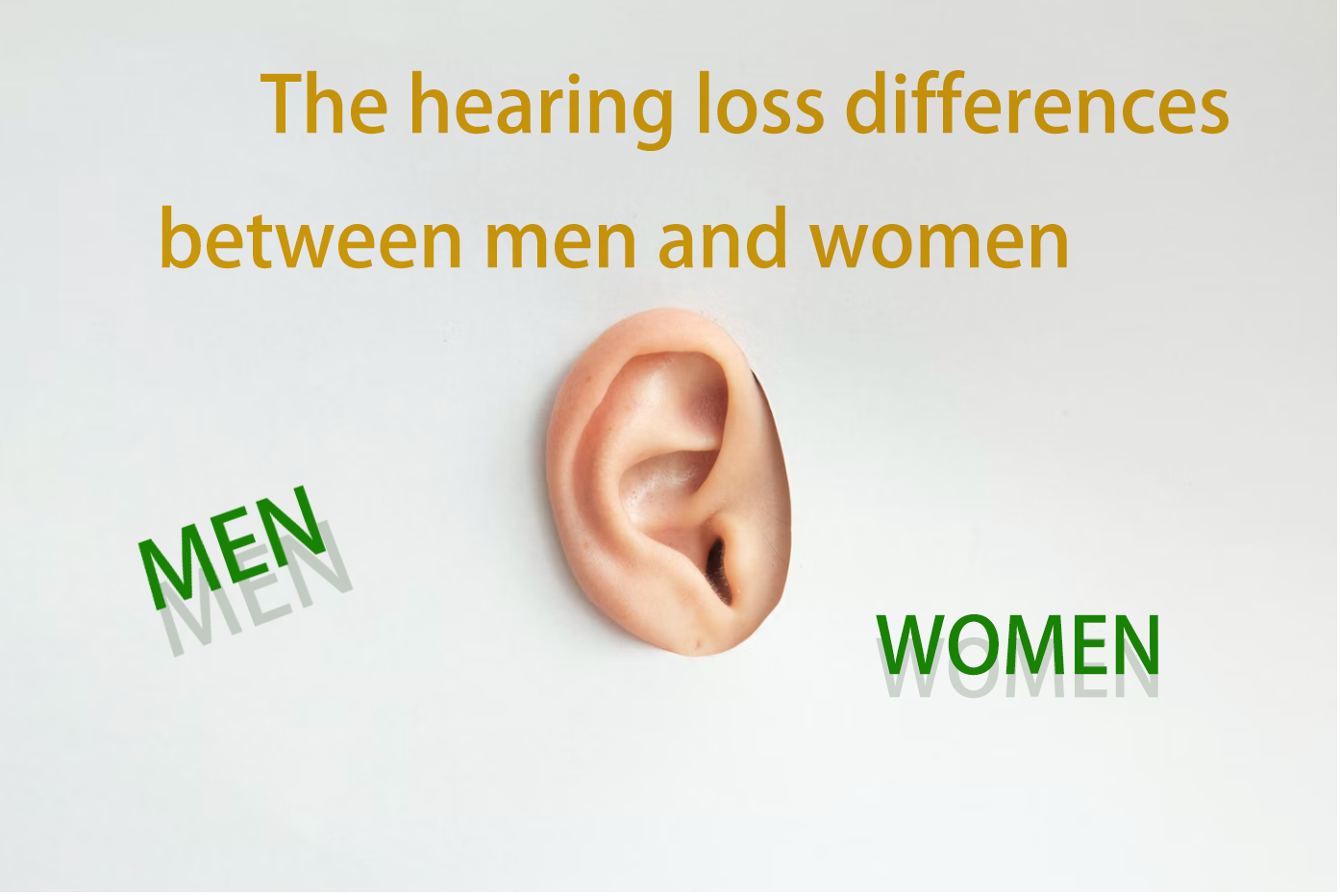
The hearing loss differences between men and women
2023-10-20 -

Hearing loss: A neglected health problem
2024-04-08 -

Does Tinnitus Cause Hearing Loss
2024-04-02 -

Can wearing hearing AIDS cause high blood pressure?
2024-05-08
CONTACT US


Foshan Vohom Technology Co., Ltd.
We are always providing our customers with reliable products and considerate services.
If you would like to keep touch with us directly, please go to contact us
-
1
Hey friend! Welcome! Got a minute to chat?

 Japanese
Japanese
 Russian
Russian
 Spanish
Spanish
 English
English

